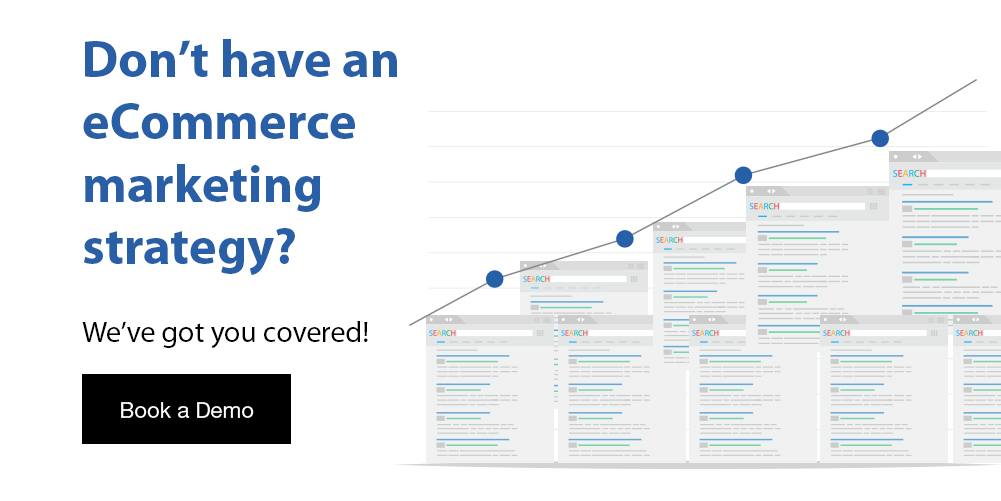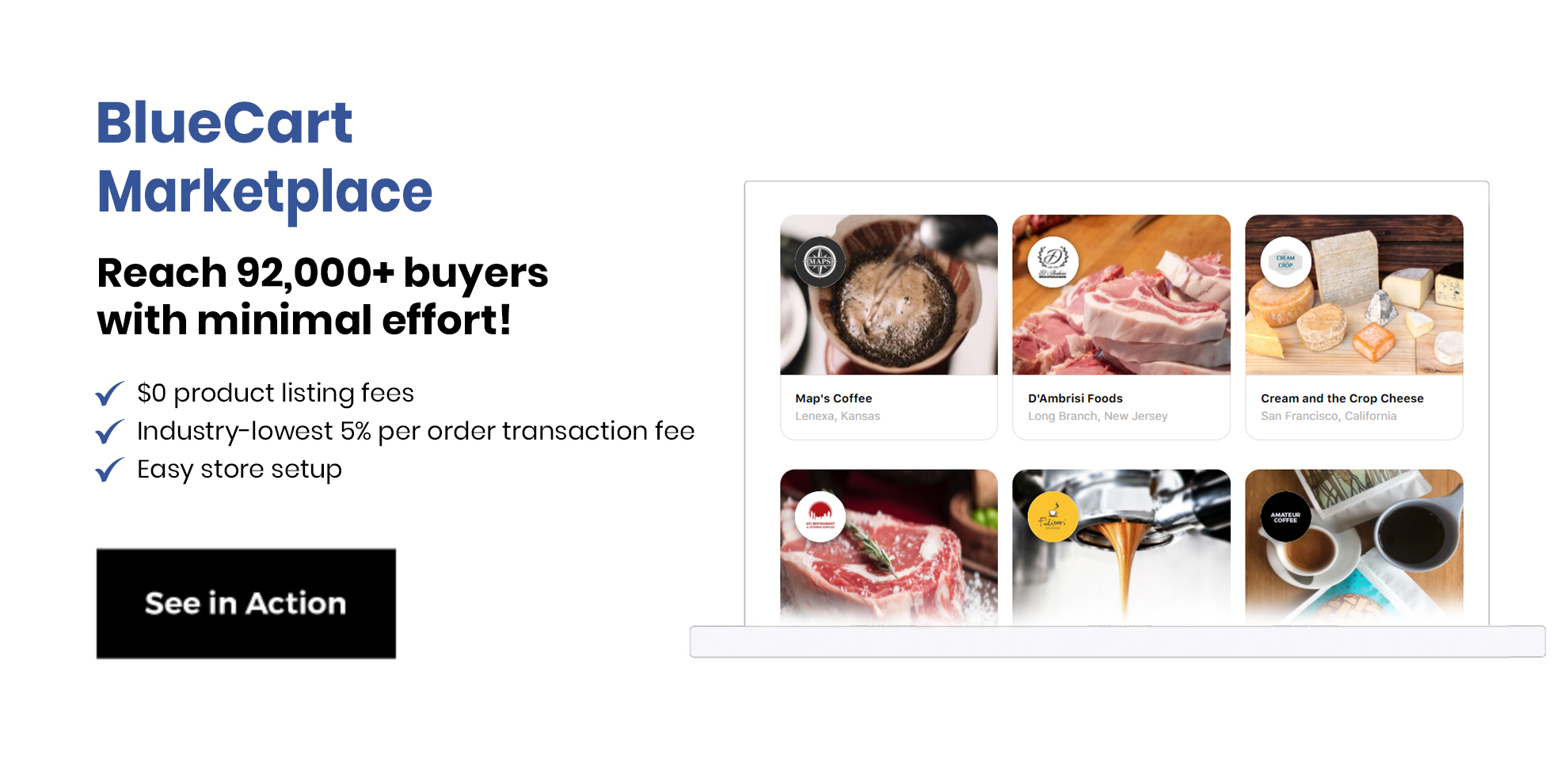Increasing eCommerce sales and keeping your customers happy is every business's goal. eCommerce personalization is the best way to achieve this. The digital world is not slowing down for anyone. Ensure that you’re up to date with the latest and greatest strategies. It is the best decision you can make for your company.
The holiday season is approaching. Now is the time to start thinking about different ways to grow your business. It is crucial that you prove yourself to be a customer focused business. This is a surefire way to keep customer retention rates at an all-time high.
Keep reading to learn more about what eCommerce personalization is. We'll also provide you with easy to follow eCommerce website examples.

eCommerce Personalization
Some of the best eCommerce software out there includes BlueCart, Shopify, Squarespace, and Wix. They have mastered the art of customer personalization and shot their platforms sky-high. By paying attention to user eCommerce trends and identifying what their customers are looking for, these platforms have earned their right to sit at the winners circle.
eCommerce personalization is a way in which customer experiences are delivered through a website with content and product recommendations. Now more than ever, personalization is becoming essential in helping businesses increase customer retention and sales.
How your own organization decides to go about personalization is up to you and your leads. However, there are strategies that work better than others in order to increase both user engagement and direct to consumer sales. This will keep your company coming back on top.
The good news is that there are so many new and up-and-coming strategies out there that you’re able to pick and choose what works best for you. If one way has shown to have minimal impact on sales, you can re-route and choose patterns that might work better. The sooner you find a proven-to-work strategy the better able you are to hone in on it and continue to increase eCommerce sales.
Benefits of Personalization In eCommerce
Everything is digital. So the need for knowing"what is eCommerce personalization is ten-fold. Digital shopping has reduced how often customers leave the comfort of their homes. They can find what they're looking for from the convenience of their smartphone or laptop. However, in order to gain and keep your customers, companies need to be able to personalize their customers’ shopping experience.
Records show that companies who personalize users' online experience are 20% more likely to see their sales increase. More than this, at least 80% of shoppers tend to follow through and buy a product or service from a company that personalizes the user's experience.
Think about this, when a customer shops brick and mortar shops, a lot of the time the customer comes back solely from having a pleasant shopping experience. Stores like Target or Home Goods provide a certain aesthetic and customer experience that can’t be matched if they were to shop online. This isn't to say that customers can’t have that same experience online though.
After COVID-19, businesses have seen a large increase in the number of users shopping online as opposed to in-store. Therefore, it is important to ensure that the customers who shop online or utilize your product are having the same great experience and service they would receive if they were to shop in-store. Moreover, it is equally important to provide an even better experience than shopping in-store. Especially when you have multiple competitors.
When thinking of eCommerce you should always have a goal you're working towards. Reaching that goal should be important. However, making sure that your goals are customer-driven is more important. How customers interact with your business will differ. So keep this in mind when looking to personalize your business.
The benefits of eCommerce personalization are endless. The rapid influx of virtual marketing can only help your business once the right strategies are in place. 44% of customers become repeat buyers for those companies with a personalized shopping experience. So start aiming to elevate your company now.
To sum it up your benefits include:
- Reduced customer acquisition costs
- Higher customer retention
- Increased user engagement
- Customer Brand Loyalty
However, the benefits don't stop there. As you learn to explore the ways of B2B eCommerce personalization you’ll find benefits that are unique to your company.
eCommerce Personalization Stats
All businesses know that personalization in shopping online is key to customer retention and growth.
Let’s break it down for you. Statistics show that about 90% of customers state that what influences their online shopping experience the most is eCommerce personalization. Among the same group, about 70% of customers have stated that their shopping experience becomes frustrating when sites are not user-friendly.
Customers are actual people, not just a number you share with your team in the boardroom. It is crucial that your business understands your customers and their needs so that you are better able to meet them.
While the benefits of personalization are tailored towards your customers, when done right your business will benefit as well. On average 86% of companies have seen an increase in sales since implementing proper eCommerce personalization techniques. Customer brand loyalty also sees some improvement, increasing by an average of 28%.
If you haven’t been sold on personalization just yet then you might be when you learn that personalization can save you money. Your customer acquisition costs, or the costs of getting a customer to follow through and purchase your product or service, can decrease by up to 50% by using the right eCommerce personalization strategies.
Designing Personalized User Experiences In eCommerce
Now that you know what eCommerce is and how it can benefit you and your customers, you might be wondering how to get started using the various methods available to you. As stated before, every business and customer is different.
Therefore, needs will need to be met in many different ways, and be unique in their approach. Always believe that customers are on a journey through your website instead of just clicking around. By knowing their eCommerce buyer persona you’ll be better able to understand how to meet their needs.
Furthermore, depending on the types of marketplaces you operate your customers' needs might change on a month-to-month, or season-to-season basis. For example, a flower shop will need to personalize their website around popular holidays like Mother's Day or Valentine's Day. This is when their services are in high demand and customer needs will change.
By the same token, an airline’s website will also go through many changes as travel ebbs and flows with the holiday seasons. No matter the business, personalization will allow you to look beyond the present and into the future.
When looking to personalize your users experience you’re going to want to answer three important questions:
- Where does your personalization need to occur during the user's experience?
- What information is going to be used in order to create a personalized experience?
- How are you going to utilize technology and human knowledge to bring this experience to life?
Once you answer these questions you’ll know where you need to start. Then identify what your goals are, and how you can achieve them. From there you’ll then be able to use tools like advertising, offers, an eCommerce website builder, and suggestions in the right ways.
Profiling and Personalization In eCommerce
While eCommerce is vast in its ability to meet any type of business’ personalization needs, a problem that many run into is that there are limitations to what each strategy can and can not provide to a user.
Personalization is not simple either. There is lots of backend research and technology that goes into making everything function. So, this means your company will need to come up with its own strategies and timeline for how you’d like your website to work. The first step is making sure that you understand your audience and evaluate your eCommerce metrics. You’ll need to know their behaviors and implement strategies to bolster or decrease them depending on activity. Once you do that you can then align it with your company's goals and use insights to help achieve them.
Personalization might look like prompts along the lines of “you might like” and “others also purchased,” based on their recent search history. For example, if a potential customer has just looked into running you’ll want to make a recommendation for popular running shoes or accessories to go along with their run. This is a simple way to engage with your customers and allow them to explore your website further.
Overall, the end goal is to make the customer happy while also providing leads for your business. First, understand how you want to personalize your site. Then conduct diligent research on tools that best fit your needs. From there start to gather resources and define your long-term goals. Finally, implement personalization strategies and track the success. In the end, you'll see an increase in sales and happy customers.

Frequently Asked Questions About Best eCommerce Personalization Software
What Is eCommerce Personalization Software?
Personalization software is a tool that allows businesses to tailor their marketing and websites to customers needs and wants. It's made to make your content more personable for each customer.
How Can I Personalize My Website?
You can personalize your eCommerce website by doing the following:
- Defining your audience.
- Headlines and heros.
- Call-to-action(s)
- Customer testimonial / logos.
- Product or plan features.
- Featured blog posts.
What Is the Purpose of eCommerce Personalization Software?
The main goal of personalization is to deliver functionality that matches a customers needs and wants. Personalization software learns user's interests and adjusts marketing accordingly.